X-Men: TAS vs. X-Men Evolution: Who Did It Better?
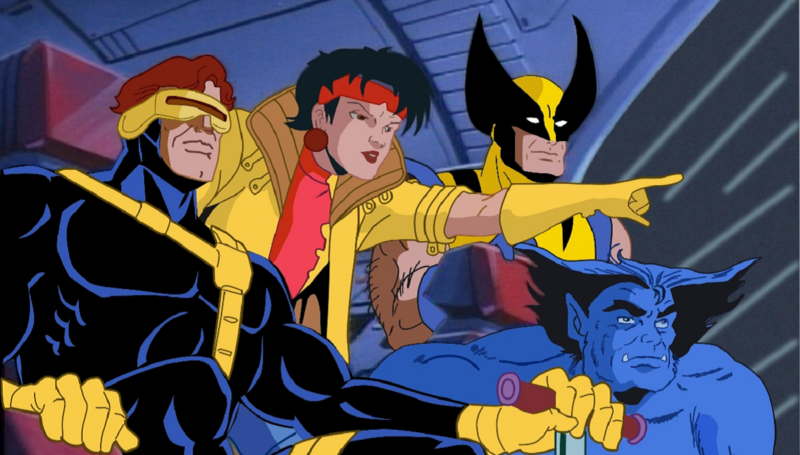

Many fans of the mutant superhero team were first introduced to the franchise by watching any number of adaptations, possibly either one of these animated series. Both series did excellent jobs showcasing these characters and their struggles in ways that were relatable for many viewers. For while we do not have superpowers, most of us know what it’s like to be treated poorly for being different and to be unable to change things about ourselves we should instead embrace.
X-Men: The Animated Series (often abbreviated to X-Men: TAS) was the first very successful X-Men animated series after Pryde of the X-Men had failed to be picked up outside of its pilot episode. It ran from 1992-1997 for five seasons.
X-Men: Evolution featured most of the X-Men characters as teenagers instead of adults like the previous series had, and much like the original comics had. It ran from 2000-2003 for four seasons.
Which series did it better? Either or? Both? Neither? Did you prefer Pryde of the X-Men, Wolverine and the X-Men, or the X-Men anime instead? Let us know in the comments!
TAS: It was More Faithful to the Comics
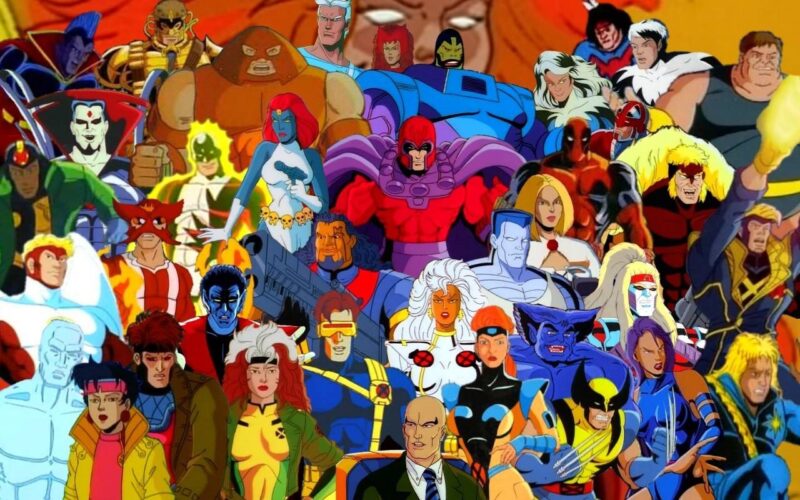
This series gave us comic-accurate costumes at the time, the iconic ones drawn by Jim Lee, and featured countless guest appearances, recurring characters, and cameos from most major X-Men-related characters. The roster of villains was quite impressive, from mainstay foe Magneto to the imposing Apocalypse, the scheming Mystique, and the creepy Mr. Sinister. The characters, for the most part, were all represented exactly as they had in the comics.
There were some changes here and there (Lady Deathstrike, in particular, comes to mind, becoming a composite version of classic Lady Deathstrike and Wolverine’s lady love Mariko Yashida), but for the most part, everything else rang true to the source material. Characters, their names, personalities, backstories, powers, relationships, and some iconic storylines were all maintained on top of some new stories and original concepts and characters. This synchronicity made it such that fans of the comics felt at home, and fans starting here and going to the comics would have a fairly decent gateway into the source material and cement them as fans for years to come. Maybe even for life.
Evolution: It Took Inspirations from Many Sources, and Inspired Others In Turn
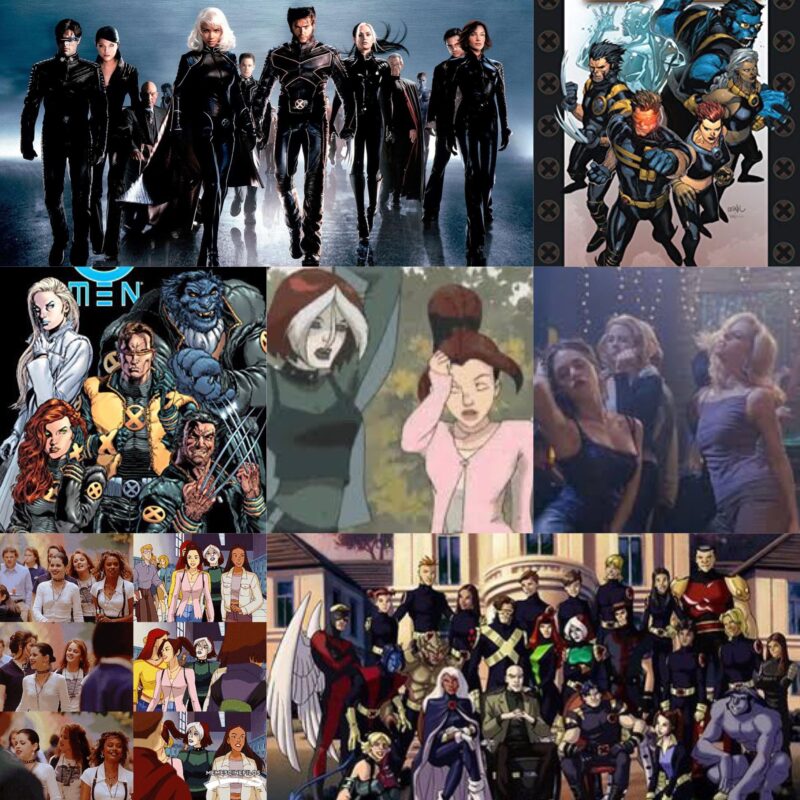
Besides the similarities to the comics it did have, Evolution decided to take a very different approach when it came to inspiration. The mostly dark costumes were similar to the X-Men films as well as a popular trend in superhero content at the time. The dance that Kitty and Rogue do in the episode “Spyke Cam” recreated the dance Buffy and Faith did in Buffy the Vampire Slayer season 3. When the girls of the X-Men teamed up and formed the “Bayville Sirens”, their moment walking through the school halls was taken directly from The Craft.
Evolution surely helped inspired the Ultimate X-Men comics (along with the films), with darker aesthetics and focusing on teenaged versions of the X-Men. It may have also inspired Grant Morrison’s critically-acclaimed New X-Men comic series, which also focused on darker costumes and a higher emphasis on the Xavier Institute as well as the students and faculty.
While comic accuracy is always welcome, X-Men making this story their own while incorporating inspiration from pop culture and other popular adaptations makes it no surprise that they themselves would inspire other popular versions of comics and adaptations.
TAS: Rogue was the Flying, Southern Belle We Know and Love
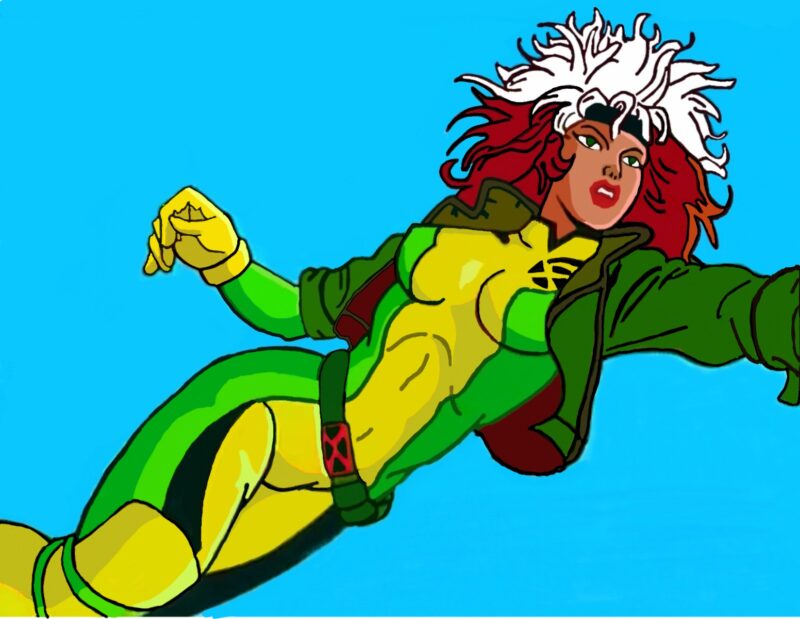
Most fans of the X-Men know that Rogue is her most fun and badass when she flies and has superhuman strength. X-Men: The Animated Series came out swinging with her punching out Sentinels and looking gorgeous while flying around. Perhaps thanks to these powers, Rogue has a feisty, confident, and jovial attitude that endears all around her (as well as just about any viewer) that belies a tortured soul underneath. Rogue still struggles with the knowledge that she stole her incredible secondary powers (flight, superhuman strength, near-invulnerability, etc.) from Carol Danvers, then known as Ms. Marvel. She had put her into a coma and stole her powers as well as a piece of the woman’s mind which fought for control with Rogue’s own mind over her body. But even before that, Rogue had accidentally rendered a boy her age comatose when they were younger because her power first manifested.
Rogue with her additional powers (or other versions of additional powers, be it her X-Treme X-Men powers where she was able to randomly recall the powers of any superhuman being she ever touched and absorbed powers from before, her brief time with Sunfire’s powers, or her current powers in the comics that she absorbed from Wonder Man) is always a good time, and the best time is when she can soar the skies under her own power.
Evolution: Goth Rogue and Wanda

Goth Rogue, while lacking the extra powers and southern sass of classic Rogue, was still a badass. She was shown training in order to be athletic and capable of fighting even when not borrowing powers. We see her flip, tumble, jump kick, and more. This is very unlike the movies where Rogue was all but useless unless using her absorption power. Evolution’s Rogue also had a personality overhaul, starting out hostile towards the X-Men due to Mystique manipulating her into thinking they wanted to hurt her. Surprisingly, this multi-episode arc from the beginning of the series was reminiscent of the comics when Rogue started with the Brotherhood only to defect to the X-Men later. Whereas classic Rogue is flirty, upbeat, sarcastic, humorous, and confident, Evolution Rogue was more guarded, introspective, suspicious, snarky, and has a bit of a mean streak even when joining the X-Men. Underneath her tougher exterior, Evolution Rogue maintain classic Rogue’s immense heart, her kindness, and bravery.
Perhaps even more than Rogue, Wanda Maximoff underwent a transformation in this series. Trading longer locks for a partially dyed pixie cut, Evolution Wanda was characterized by extreme rage due to the trauma of being abandoned in a psychiatric hospital by her father because her powers were too unstable and he didn’t know how to help her. Unlike Rogue whose powers were brought down to basics, Evolution Wanda was one of the most powerful versions of the Scarlet Witch to exist, especially at baseline (no power-ups or need for any external factors, like an evil book). Her main power was to make shit go haywire: mutants’ powers losing control or being stopped entirely, electrical wires springing to life like snakes, telephone poles bending and contorting, junk cars coming alive, and hunting people down. She was also the first version of Wanda to display overt telekinesis (years before mainstream comics Wanda would, likely mostly due to her MCU counterpart). She had an almost murderous rage against her brother Pietro and her father Magneto until Magneto had her memories of the asylum taken from her and replaced with false happier ones. She kept her mean streak though, rebuffing the advances of Toad with her powers and taking part in many battles against (and occasionally alongside) the X-Men with the Brotherhood.
TAS: Storm was a Fellow Peer of Jean and Rogue
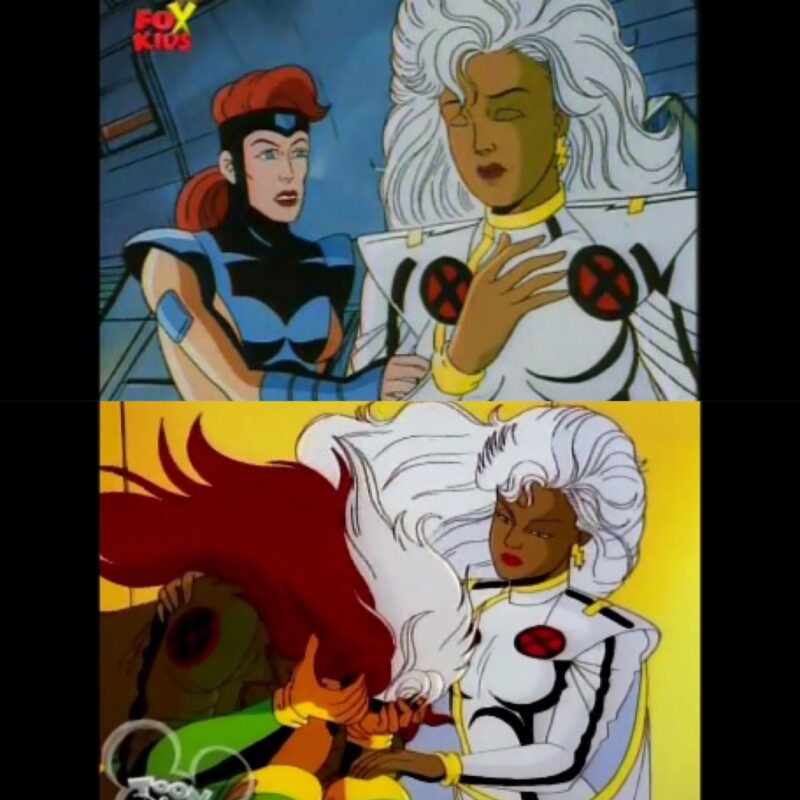
One of the best X-Men moments in any version is when the major ladies team up for battle, or for everyday things like shopping or emotional heart-to-hearts. Female friendships are always welcome, and the X-Men are no exception. In Evolution, Storm was an adult and a teacher while Jean, Rogue, and the other major female heroes were all teens and students. It wasn’t bad, but she was just not in the same class (no pun intended) as the rest of them, and thus many moments between them were sorely missed in that series. Jean and Storm in particular have been noted as best friends in X-Men lore for decades, but that was just not the case in Evolution (instead Jean’s best friend is Scott, and her female best friend is a human girl named Taryn).
In TAS, Storm, Jean, and Rogue are roughly the same age and are on equal footing. They support one another and famously in the first episode or two, they were shopping together when Sentinels attacked the mall pursuing Jubillee, a moment slightly different but still from the comics. The three X-Ladies took on the Sentinels and saved the young mutant, inspiring her to join them and one day become just as powerful as them (well, two of them anyway, more on TAS Jean later). Evolution was great, but it could have been even better if Storm was also a student. Black Panther and Storm’s relationship wouldn’t be established in the comics until much later, but imagine if a young Ororo and a young T’Challa or Forge (depending on who you prefer her with. Or perhaps a younger Logan or Yukio) going to school together and having teenaged drama and adventures, with Storm especially being part of the action far more than she ended up being due to not being one of the teens. As the series followed the teens primarily, this all meant Storm, aside from a central episode and some key moments, wasn’t developed as much.
Evolution: A More Relatable Scott Summers
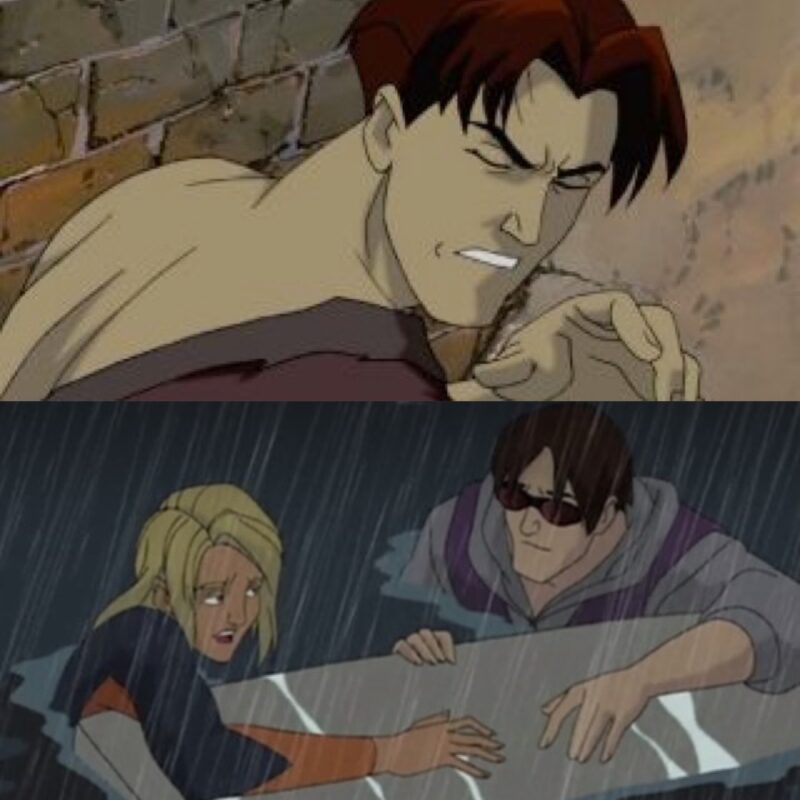
In large part thanks to the films that underdeveloped and underutilized him, general audiences often think of Cyclops as a one-dimensional goody-two-shoes, but he’s much more than meets the eye (no pun intended). TAS did a decent job of fleshing him out and giving him layers, but Evolution takes the cake in maintaining the spirit of Scott, while also making him far more relatable and nuanced. Many of Scott’s solo or leading arcs are among the strongest in the series: reuniting with Alex, being stranded with Rogue on an icy mountain (leading to her finally joining the team), being ambushed by Mystique and forced to navigate Mexico blind and then also fight her blind, etc. Scott maintains all of the character’s leadership qualities, sense of duty, and responsibility, and tends to be more serious when compared to some of the other, younger X-Men. However, Scott in Evolution also goofs off from time to time, is obsessed with his classic car, and is shy around the girl he loves (Jean), while completely oblivious to another girl in love with him (Rogue).
He’s not perfect, and even his friends call him out for being too stiff, leading to him stopping to smell the roses more often.
The Dark Phoenix Saga AND The Phoenix Saga
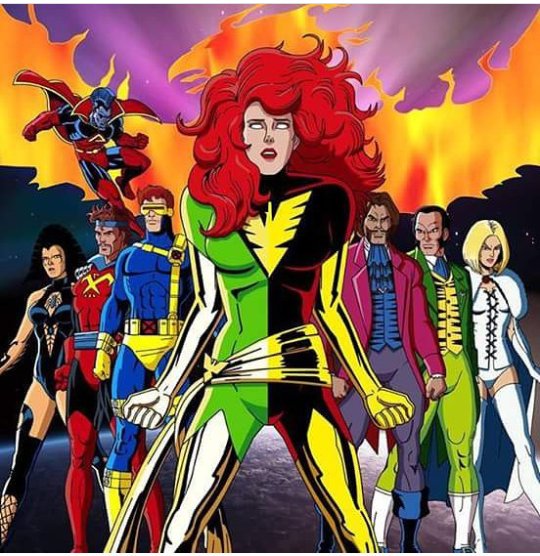
It wasn’t an accident to list the Dark Phoenix Saga and then the Phoenix Saga in that order because while the Dark Phoenix Saga is the one everyone knows and loves, it only hits right when you have the Phoenix Saga beforehand and the films ignored it, twice, to their detriment both times. The Phoenix Saga establishes the Phoenix and sets the stage for the kind of benevolent good Jean can do with that kind of power, and that is what makes the horror of what happens when that same power is used to harm all the more tragic.
Evolution hinted at the Phoenix coming to the series, but the creators chose to end the series and only hint at the future of our beloved characters. The ending of the series showed images of Jean being overwhelmed by the Phoenix followed by a shot of the future X-Men and Brotherhood, Rogue flying next to Scott with no gloves on (suggesting she got new powers and gained control over her main one, and possibly entered a relationship with Scott) and Jean conspicuously absent. Jean might have either died, remained a villain, or entered the cosmos leaving Scott and the earth behind.
TAS showed a Phoenix and Dark Pheonix Saga so accurately that they were credited with ‘Based on stories by Chris Claremont.’ Aside from a few small changes to make the stories more kid-friendly (for example, instead of a populated star system, the Dark Phoenix blows up an abandoned space station). These were also the only times Jean in this series was shown to be powerful or even competent.
Evolution: Normal Jean was Competent and Powerful

Aside from the Phoenix Saga, a major part of what makes the Dark Phoenix Saga hit well is Jean herself. You can’t forget about her. She needs to be fleshed out and developed, which the films failed to do on several occasions, instead opting to focus on her as a love interest first and foremost. While always Scott’s love interest and vice versa, Jean has had time in the comics to be developed as a character with her own wishes, fears, and desires outside of him. In the comics, she was by far the weakest member of the X-Men, which was a shame since she was the very first woman on the team. While the boys did drills, her “training” was things like knitting stuff her telekinesis. She was a damsel.
This was carried over to TAS despite the fact that in the comics at the very same time, in that very same outfit (sans the ponytail), Jean was one of the strongest X-Men on the team even without the Phoenix. TAS had her fainting, losing control of her powers for no good reason, getting kidnapped by foes she should have easily been able to best, etc.
Evolution from the get-go had Jean be far more competent than shown in TAS when TAS Jean wasn’t the Phoenix. She was even able to levitate herself and fly regularly. She received a ‘power surge’ which amplified her power levels even further, the series equivalent to a mutant evolving. Evolution Jean wasn’t invincible, but she was quite capable. They even managed to redeem her humiliating defeat from the first film by having her easily defeat Toad in the season one finale before she even evolved. They definitely understood the assignment. My one critique is that they went with invisible telekinesis and telepathy which makes more sense for live-action (though nowadays Scarlet Witch’s red energy looks cool, it’d be nice if Jean could get hers too when she shows up in the MCU, hopefully pink in her case), but it’s less visually appealing than energy signatures (although Wanda’s blue energy in later seasons looked a little wonky).
TAS: Loads and Loads of Cameos and Characters
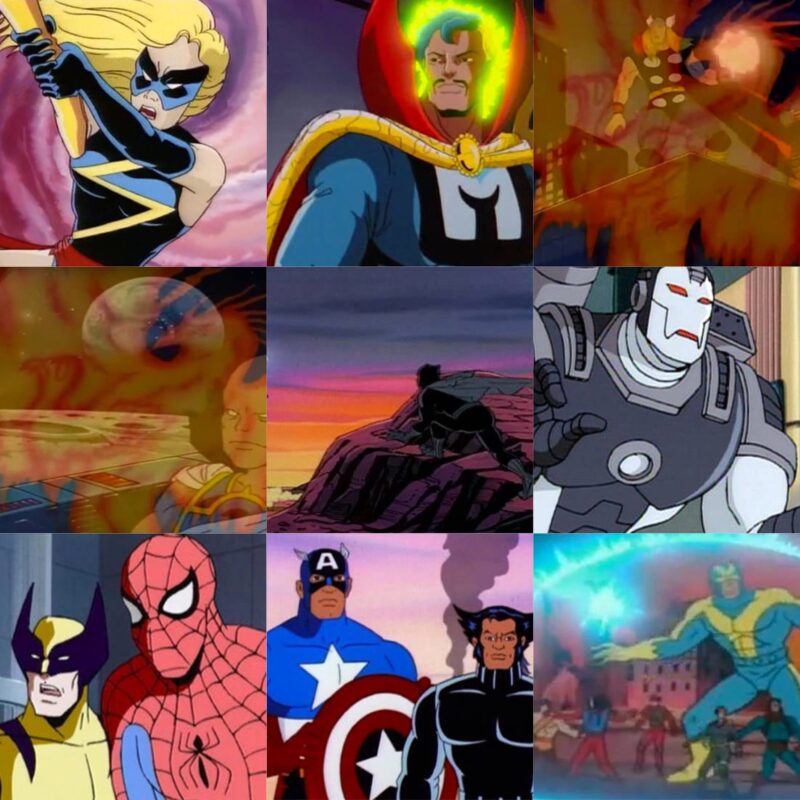
Aside from the sheer number of X-Men-related characters, which Evolution also had many, TAS has them beat when it came to appearances and cameos by members of the larger Marvel Universe beyond just the X-Men. Carol Danvers had a very iconic guest appearance in flashbacks showing how Rogue got her cool powers (as I call her Ms. Marvel powers), the coma she got put under, and the manifestation of her psyche wrestling for control over Rogue’s body, followed by the implication that Carol would someday awaken from her condition. We also had strong appearances from Alpha Flight, whom one may or may not consider X-Men-related characters because they’re so integral to Logan’s past and Wolverine is the most popular X-Man. Captain America shows up at least once, and the team showed up in Spider-Man’s series for a two-episode crossover arc.
Moments like these were a rare treat for the fans, and TAS was basically the MCU before the MCU was even thought of.
Evolution: Style and Originality
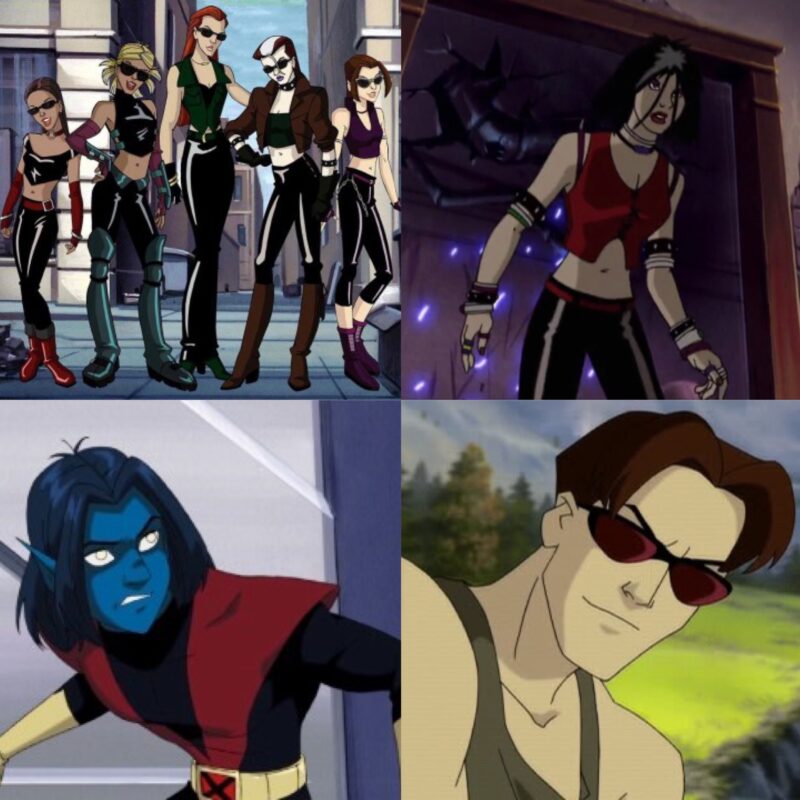
Because it relied on original designs and mostly original storylines, Evolution was able to stand apart and stand on its own relatively soon after the final season of the iconic story before it. With darker tones and costumes, the series felt right at home for growing kids, pre-teens, and teenagers. Relatable concepts such as unrequited love, wanting to fit in at school, growing pains, and overall teen angst along with teen joy and mischief, the series related to a slightly older audience, despite the fact that the characters were actually younger. TAS was brighter and more colorful and more clearly the quintessential superhero genre, while Evolution felt more like actual teens if they had superpowers. Depending on who you ask, fans might prefer the comics-accurate colors and designs of TAS or the newer, original designs of Evolution. Some fans might also prefer the smoother animation of Evolution thanks to it coming out later.
Whether one stands by TAS or Evolution as the definitive best X-Men animated series, or another entirely, one can’t deny the success and impact of both series. Both introduced generations of new fans to the X-Men and further cemented the love for the franchise by the fans they already had.
Be the first to leave a review.
Your browser does not support images upload. Please choose a modern one
I identify as a womanist. I also identify as both gay and queer. I am gender fluid and respond to he/him, she/her, and they/them. I am a Black American-Descendant of American Chattel Slavery who is pro Black Diaspora and pro creating Global Black Strongholds (Blacks across the Diaspora holding it down in each region to allow all Blacks to go to each, and be safe and in community together). I am a comics, tv, movie, and video game stan. My expertise for comics and related media are DC Comics, Marvel Comics, Archie Comics, and a little bit of others here and there, but I'm hoping to branch out to other, Blacker and indie comics and related content. I'm a binge watcher and can talk about shows and movies for days. You can find me on YouTube and various other social media platforms as thaboiinblue.

1 Comment
Leave a Reply
Cancel reply
Leave a Reply
This site uses Akismet to reduce spam. Learn how your comment data is processed.
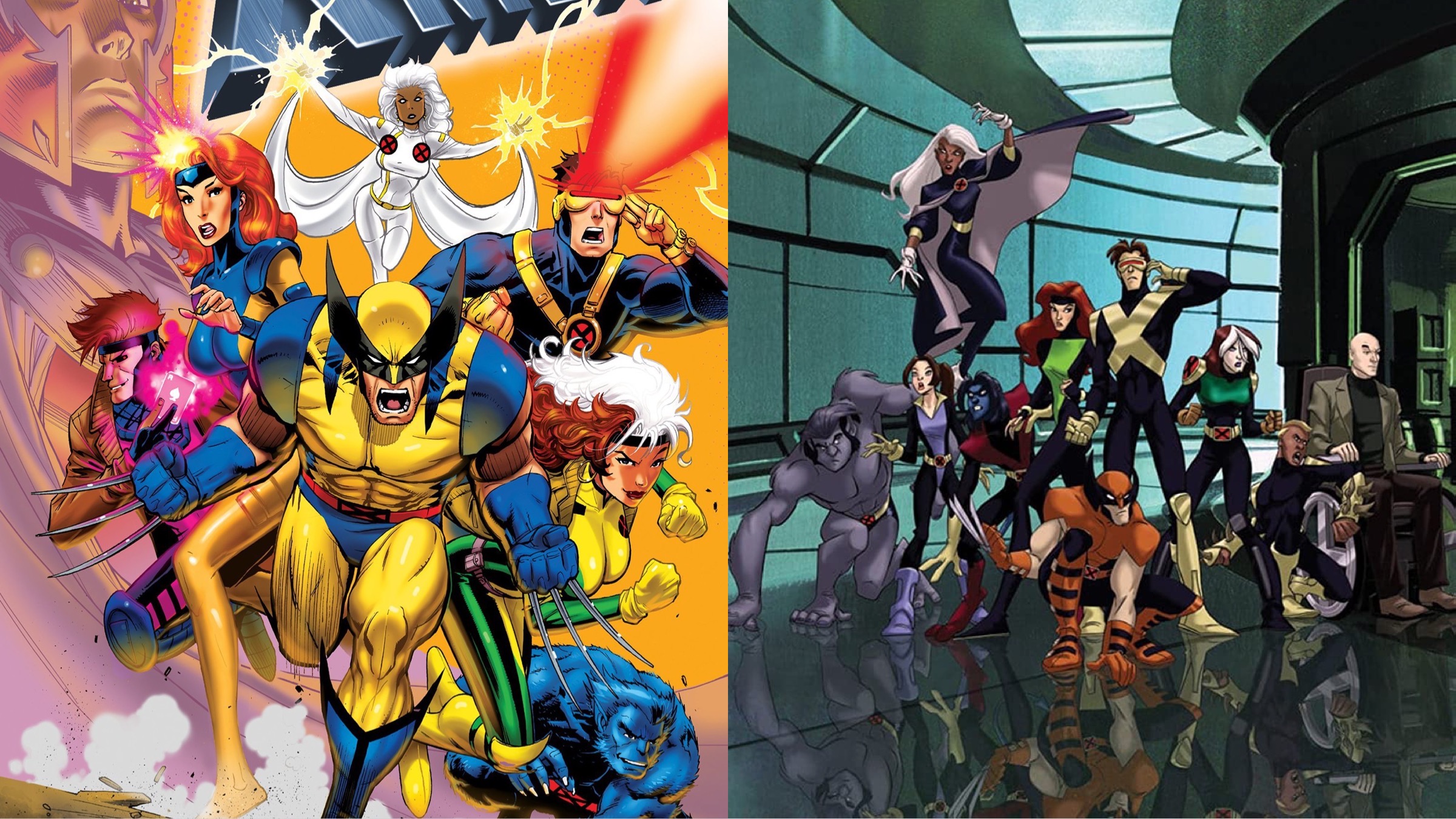


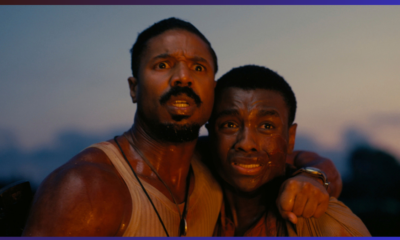













Pingback: Here's Why We Need Women Only X-Men Games – Fabulize Magazine